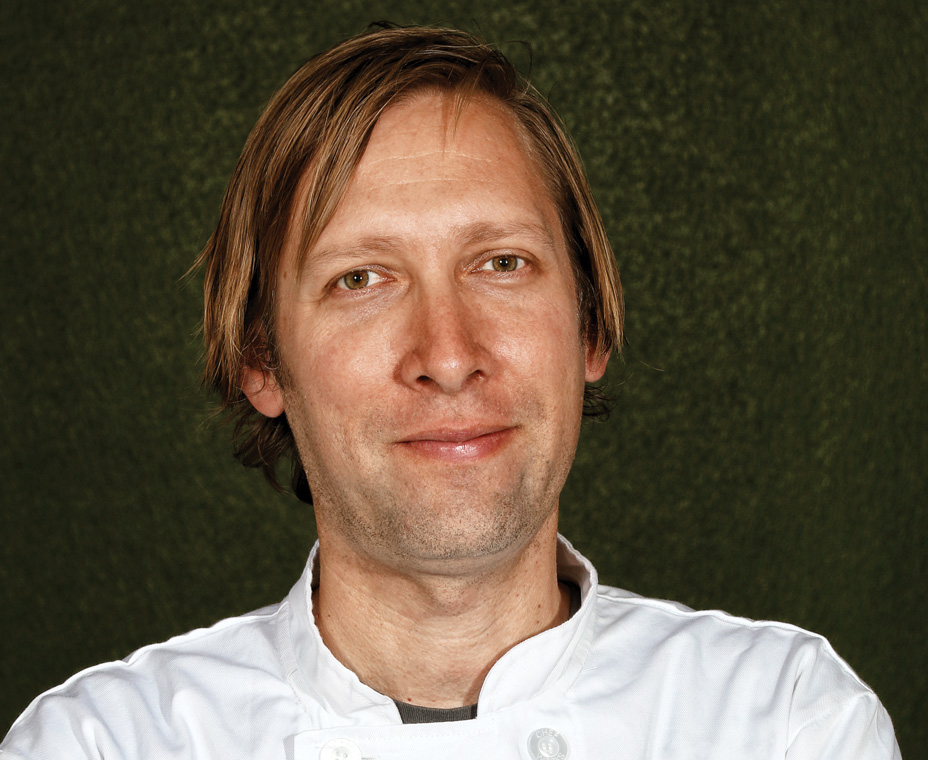Sascha Weiss is a veteran chef and plant-based food expert with more than 20 years of experience in the Bay Area’s culinary world. He spent more than a decade as culinary director and founding executive chef at The Plant Café Organic in San Francisco, where he revolutionized the idea of healthy, organic quick-service menu items. Before that, he served as a holistic nutrition and culinary arts instructor at Bauman College, and as a personal chef for George Lucas’s family and film and production company, Lucasfilm.
Today, Weiss heads the innovation team at Project Juice, where he lends his visionary ideas to help the company create new products that nourish the body. He shares why health-centric beverages are so important for consumers, and how restaurants can improve the nutritious quality of their own beverage selections.
Why is it so important to have healthy beverages?
With each beverage we create, we have the opportunity to offer a health-supportive choice. At the core, beverages can be a vehicle to deliver nutrition balanced with great flavor.
How can brands improve nutrition in their beverages?
The major focus for us is working with clean ingredients and whole foods, as in using actual cucumber rather than cucumber flavoring. Another factor is keeping sugar levels low.
What are the qualities of the perfect juice?
The perfect juice has a balance of flavors. When creating juices, I draw on the four flavors of bitter, salty, sour, and sweet that I’ve been using for years in the kitchen. It’s different balancing flavor in a juice versus a dish, but the same principle can be used.
Are there special considerations that go into designing a robust beverage menu?
Since the beverages we create are almost all served cold, we like to incorporate offerings with spice, like jalapeño or cayenne, or a warming spice like cinnamon, black pepper, and nutmeg.
Balance in texture is also important—a full-on green vegetable juice like our Dr. Green has a silky smooth texture, whereas on the other end of the spectrum, our Cashew Mylk has a thick, creamy, rich texture.
Are there any common misconceptions about juice?
Many people think that all juices are high in sugar. Project Juice offers a range of juices, including blends that have very little fructose.
I’ve grown to really enjoy the slightly salty taste of ingredients like romaine and celery. They can be used in a juice the same way an entrée might be balanced with salt and acid.
Another misconception about juicing and cold-pressed juices is that it’s always about a cleanse. From the beginning, Project Juice has created on-the-go nutrition that can be integrated into any routine. You can chew whole foods and drink juice in the course of the day for a balanced, healthy diet.
What ingredients are you excited about working with and why?
I’m excited about working with Blue Majik, because working with blue foods is always fun. This organic extract of Arthrospira platensis, or spirulina, is a nutrient-dense aqua botanical in a stunning blue pigment. This beneficial food is made primarily of phycocyanin, a powerful antioxidant with anti-inflammatory properties. Blue Majik has been low-temperature dried to preserve the beneficial living compounds within it.
It’s also exciting to work with probiotics, which help with digestion. I’ve added lacto-fermented pickles into our grab-and-go food items, and we have a great green juice blend that has vegan probiotics called Greenbiotic. I’m also working on a line of probiotic beverages because it’s such a simple way to boost health and add interesting flavors into food or beverages.
Adaptogens, which are natural substances that help your body manage hormones and stress, are on the top of my list because the health-supportive properties they bring to a beverage are very intriguing.
What is your favorite item on the menu?
I’m really excited about our new Winter Detox juice. It’s made with bitter greens, or dandelion, and burdock. Both have strong detox properties, yet the juice is balanced and easy to drink.
How does your experience working with food translate into working with juice?
Working with food helped to develop my ability to build and create balance in a dish. Creating a juice is very similar, although with a juice I may have specific health benefits I’m aiming to achieve, versus only focusing on a flavor profile. The health benefits come first, and then the balancing begins. For example, I might be working with burdock root to create a cleansing juice, and then we must work to balance the juice starting with that ingredient’s flavor and build from that point.






